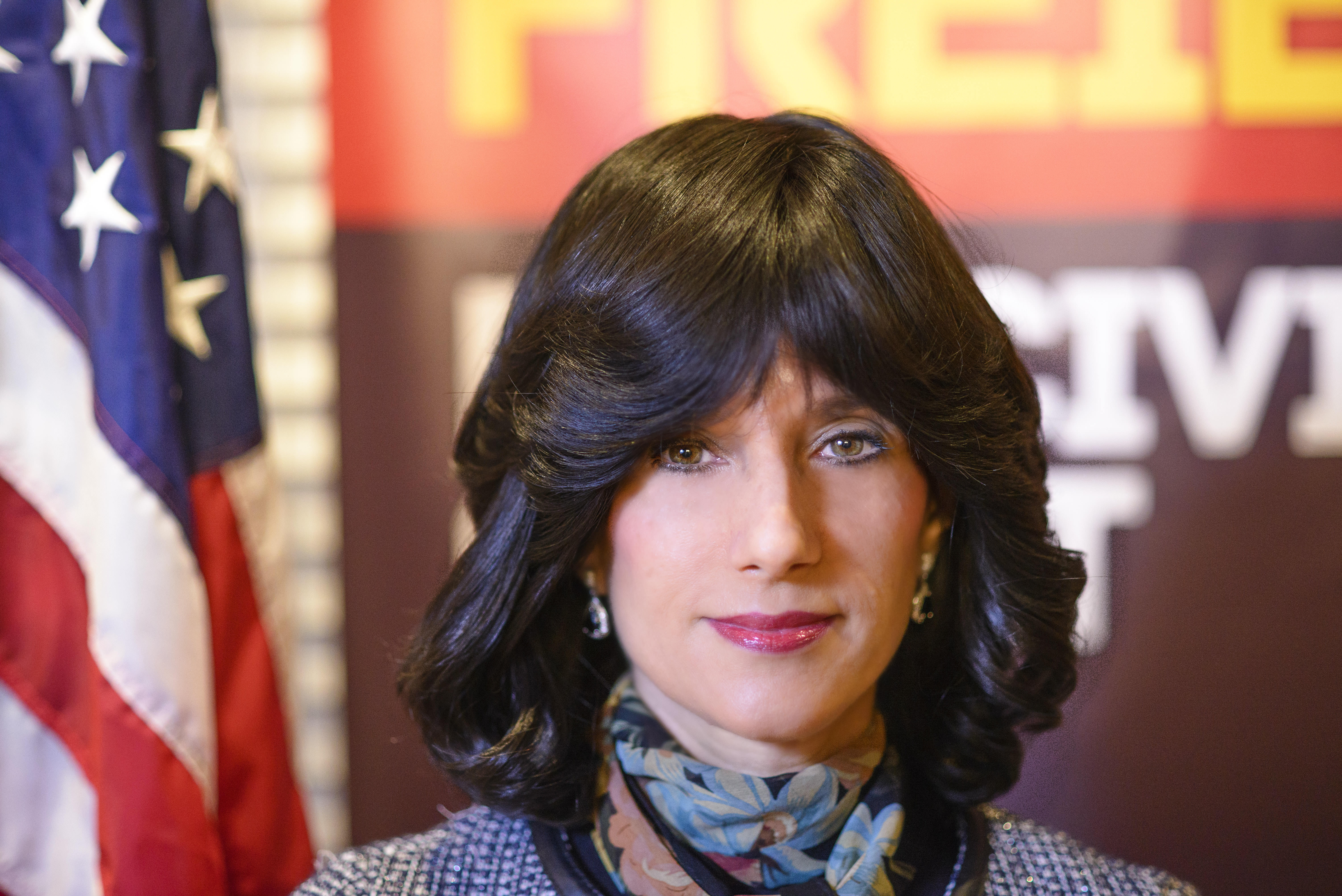For women the usual justification for hair covering. By this account even if a woman shaves her head shes still required to.
 Snood Hair Covering Cheaper Than Retail Price Buy Clothing Accessories And Lifestyle Products For Women Men
Snood Hair Covering Cheaper Than Retail Price Buy Clothing Accessories And Lifestyle Products For Women Men
Featured across Jewish media Wrapunzel is a website dedicated to the married Jewish womens mitzvah of covering her hair.

Jewish women hair covering. Most Yeshivish and Hasidic Jewish women wear wigs. Print Jersey Head Cover African Wrap Chemo Headwear Turban Scarf Tichel Sinar Jewish Hair Covering for Women Alopecia Headscarf TheLittleTichelLady. With its beginnings as a musings for its creator Andrea Grinberg 28 a married Orthodox Jewish woman on her personal blog.
These rules dictate that Hasidic Jewish women must keep their whole bodies covered in public at all times basically except for their hands and face. Covering the hair of a Jewish woman will just show the divorce grounds just like talking to any other man weaving in the marketplace and public appearance with loose hair. There are many ways of covering the hair.
Traditional Judaism considers the hair of a married woman erotic. Jewish Women Hair Covering Tichel. By Ally Pockrass March 8 2018.
5 out of 5 stars. And these values are not only for Jews. It gradually became the accepted traditional custom for all Jewish women to cover their hair see Sh.
Its a reason why Jewish women wear wigs instead of scarves. Sheitel is a wig or half-wig worn by some married Orthodox Jewish women in order to obey with the requirement of Jewish law to cover their hair. Although the hair rules apply only upon marriage the rest of the modesty rules apply to all ages including children.
Jewish women have their own unique role and rules in an orthodox Jewish. Head covering is part of the prescribed religious garb of observant Jews both male and female but it has been contextualized in different ways on the basis of gender. Some rabbis believe hair covering is an absolute obligation originating from Moses at Sinai while others say it is a standard of modesty defined by the Jewish community.
Some Hasidic groups encourage sheitels while. Instead of covering the hair being viewed as a restraint and encumbrance. These values are summed up in the word tzniut.
A central feature in the lives of observant Jewish women is hair covering. A turban is a Jewish head covering scarf with a strip of cloth you put in place by winding. Modern orthodox women might wear only a hat or other covering that covers only part of their hair.
In the early modern period the practice of a womans shaving off all her hair upon marriage and covering her head with a kerchief tichal became widespread in Hungarian Galician and Ukrainian Jewish communities. Many Jews have been wearing a Star of David or hamsa when they werent doing so before and more are wearing a yarmulke in their. Today most Jewish women only cover their hair when they are in a synagogue.
In ancient times even non-Jewish married women wore a hair covering. It should be considered as the crown of glory of the woman which it truly is. In Judaism head or hair covering is known as kisui rosh key-sue-ee rowsh which literally translates as covering the head.
As a result married Jewish women are generally expected to cover their hair except in front of their husbands and sometimes in the company of other women. Hair restrictions are part of an extensive set of modesty rules which is called Tznius in Yiddish and Hebrew. Mandatory headcovers for women is a topic that has been debated throughout the history of Judaism.
The Yiddish word tichel or Hebrew word mitpachat means head scarf. However in the 19th century the external change of life forced many women to go out without covering their hair. Some extreme ultra-orthodox Jewish women shave heads and wear only a kerchief tichel on their head.
Ever since the 2016 presidential election there seems to be more and more people dressing to express their identity. Why These Secular Jewish Women Are Covering Their Hair. Also called a tichel in Yiddish or a mitpachat in Hebrew a daily headscarf is.
These violations of divorce grounds are being called as the Dat Yehudit which has the meaning of the Jewish rule that differs from the term Dat Moshe which has the meaning of Mosaic rule. And some Jewish women find it more convenient to replace their traditional veil with a wig.
